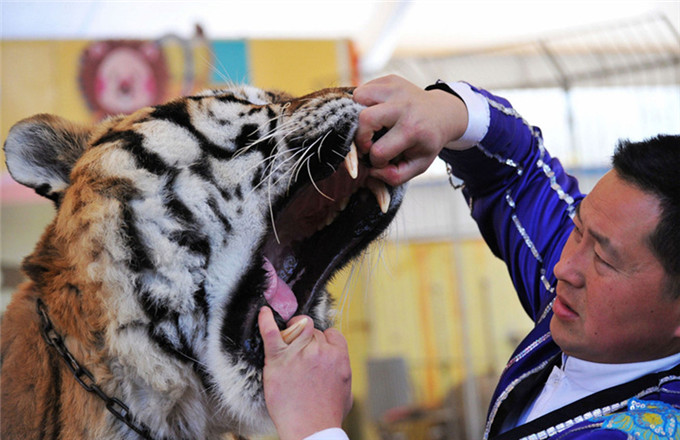Government project helps villagers fight painful bone disease
As the official in charge of poverty reduction in China, Fan Xiaojian has made a habit of marking the places he has visited on a map hanging on his office wall.
Aba Tibetan and Qiang autonomous prefecture, in the mountainous northwest of Sichuan province, is marked with thick lines.
Fan, director of the State Council's Poverty Alleviation Leading Group Office, has visited the area five times since 2007 to investigate an endemic disease that has affected thousands of rural residents and dragged them into poverty.
The hardships of villagers who suffered from Kashin-Beck Disease, a painful bone condition, weighed heavily on his mind when he met some of them in 2007, he said.
"Officials called dozens of villagers who suffered from KBD to an open-air ground for a meeting that day," he recalled. "I saw people with stiff, deformed joints and even burn scars. They were too poor to buy painkillers so they used lighted cigarettes to burn themselves as a way of distraction."
Fan said it is a vicious circle: Without money to buy medicine, patients' health deteriorates. They lose the ability to work in their 30s, and poverty and disease pass to the next generation.
In China, the occurrence of the disease is limited to about 100 counties in Heilongjiang, Yunnan and Sichuan provinces and the Tibet autonomous region, he said.
According to the office in charge of KBD control in Aba, there were more than 41,000 people in the prefecture's 379 villages who had the disease in 2007. At that time, more than 147,000 people lived in the disease-affected areas, accounting for about 22 percent of the prefecture's rural population.
Things started to change in 2008 when the central government launched a five-year pilot project focusing on KBD control and poverty reduction in the prefecture.
"The comprehensive measures include helping people to move out from uninhabitable areas to somewhere with clean water, and providing grain to villagers and medicine for patients in the affected areas for free," Fan said. "People who suffer from this disease can also receive living subsidies and educational subsidies for their children.
"For those patients in a severe situation, local governments arrange for them to live in nursing homes," he said.
More than 4.2 billion yuan ($660 million) has been invested in the pilot project, with some 1.67 billion yuan coming from the central government since 2008.
More than 17,000 households in KBD-affected zones have been moved to habitable areas with public facilities sponsored by the government.
The disease has been effectively controlled. Monitoring results show that the disease has been eradicated in 50 out of 58 villages.


















